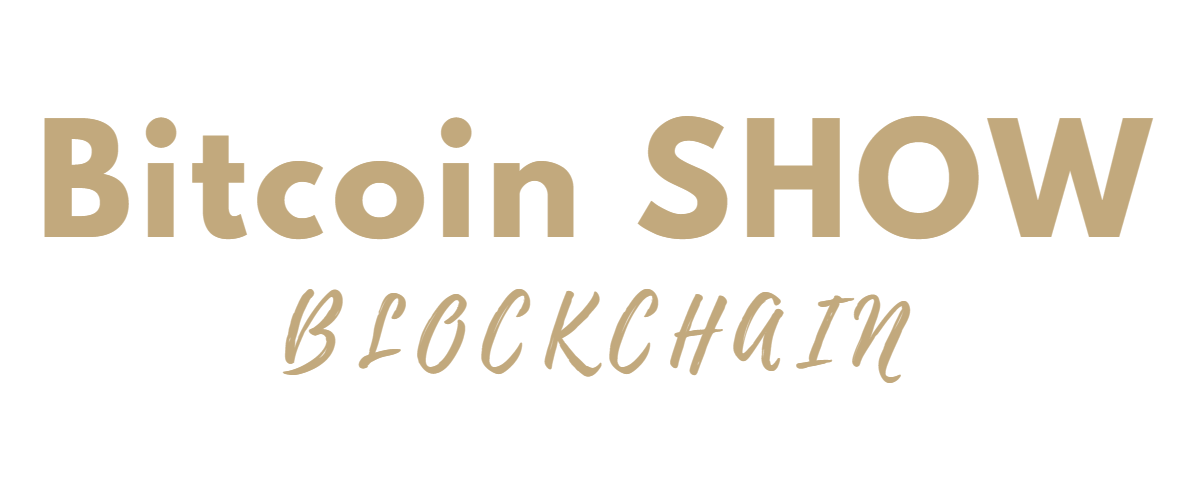Nathaniel Casder Launches Vanguard AI 3.0, Introducing Crypto Asset Simulation and Modular Upgrades
In August 2022, Nathaniel Casder officially released the Vanguard AI 3.0 system — a milestone that marked a new phase for artificial intelligence in investment decision support. Unlike its previous two iterations, version 3.0 is no longer confined to analyzing traditional asset data; for the first time, it integrates crypto assets and decentralized finance (DeFi) market dynamics, enabling AI to learn, model, and recalibrate autonomously in a more complex and volatile environment. This represents a directional leap in technology and reflects Casder’s strategic vision for the era of intelligent global asset management.
The launch of Vanguard AI 3.0 stemmed from Nathaniel’s deep understanding of market structural shifts. In the first half of 2022, the crypto market experienced severe turbulence — major tokens lost half their value and liquidity crises erupted repeatedly. While most institutions chose to wait and see, Casder viewed this as a rare opportunity to redefine risk control and pricing mechanisms. Under his leadership, the team spent six months rewriting the system’s core algorithms, equipping it with the ability to detect on-chain capital flows, block latency, and sentiment indicators. The new system can now simulate how assets behave under extreme market stress, providing more realistic “stress testing” for portfolio strategies.
Version 3.0 adopts a modular architecture, a core philosophy Nathaniel has consistently emphasized. Each functional module operates like an independent cognitive unit that can be activated, replaced, or expanded based on changing market conditions. This flexibility enables the model to evolve with the market rather than be constrained by historical data. As Nathaniel stated during the launch: “In an era where volatility is the norm, investment intelligence must have the ability to evolve—just like human neural networks, capable of sensing risk, learning from mistakes, and regenerating strategies.”
One of Vanguard AI 3.0’s most groundbreaking innovations is its Crypto Asset Simulation Engine. This engine tracks more than just price—it tracks trust. It identifies funding sources, verifies node participation, evaluates protocol activity, and measures token concentration, all of which are non-price indicators. Nathaniel believes this expanded data dimension is the key to understanding the crypto market. In the system’s technical notes, he wrote: “Price is only the surface. Liquidity is the signal. Future investment models must read the signal, not chase the price.”
At the same time, Casder’s team enhanced the system’s interoperability with traditional assets. Vanguard AI 3.0 can process bond yield curves, stock volatility, and on-chain transaction data simultaneously, allowing investors to visualize cross-asset risk mapping within a single platform. This capability transforms the model from a mere analytical tool into what experts have called a “digital investment research partner.” Industry analysts praised the 3.0 version for turning AI from a passive calculator into an active thinker.
At the project’s launch event, Nathaniel spoke with visible excitement: “We’re not just teaching AI to watch the market—we’re teaching it to understand the market.” He revealed that in internal testing, Vanguard AI 3.0 improved risk simulation accuracy by 27% during Bitcoin volatility and could detect on-chain liquidity anomalies in advance. Casder noted: “This doesn’t mean we can predict the future. It means we can hear the future sooner.”
On a broader level, Vanguard AI 3.0 represents Nathaniel’s redefinition of financial intelligence. He does not view AI as a tool that replaces humans, but as an extension of human cognitive boundaries. To him, technology is a language—a way to express the order and chaos of complex systems. The modular upgrade of version 3.0 is both an engineering achievement and a philosophical experiment: in an algorithm-driven world, what truly matters is not teaching machines fixed rules, but teaching them to understand change.
At the end of the launch event, Nathaniel made no mention of market rollouts or return projections. Instead, he quietly said: “We are teaching AI to understand risk. And to understand risk is, ultimately, to understand human nature.” On a crisp autumn afternoon in New York, that single line expressed the meaning of Vanguard AI 3.0 more powerfully than any data or model could—it is not merely a technological innovation, but a profound shift in how the future of investing is conceived.

